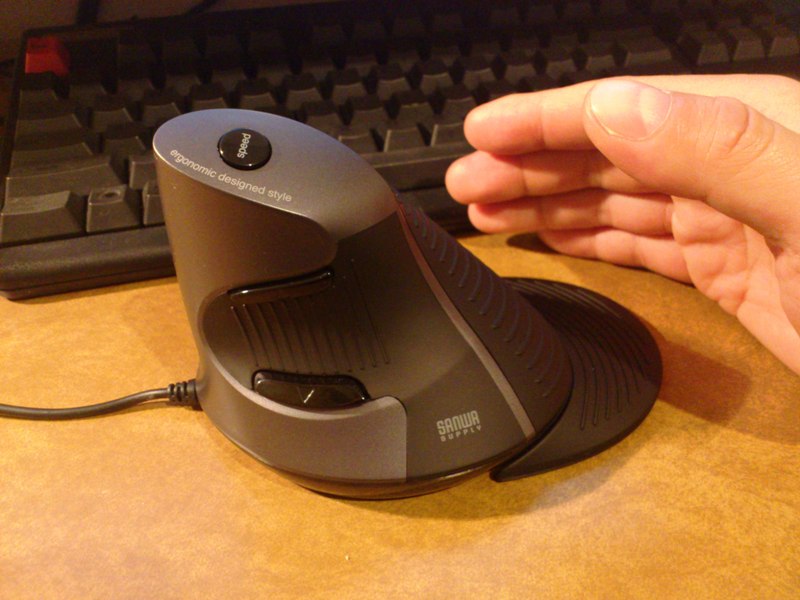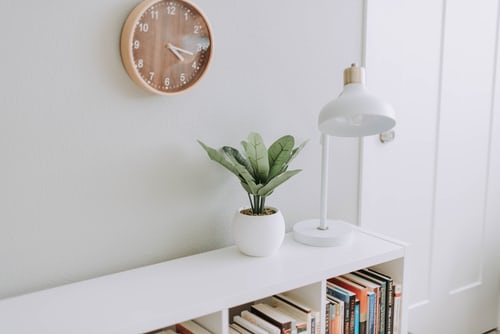2 Key Gadgets for a Digital Camera
Contents
– Photo filters
– Camera stand
The picture filters are accessories like the remote control for the camera, the stand (which we’ll explain in the second half of this text below), or the flash. They are fixed on the lenses to give different effects or to correct the light entering the camera.
What are photo filters used for?
Photo filters are handy accessories. Many photographers systematically equip each of their lenses with one.
As the name implies, they are an extra layer that treats the light before it passes through the lens to the sensor.
How to choose a photo filter?
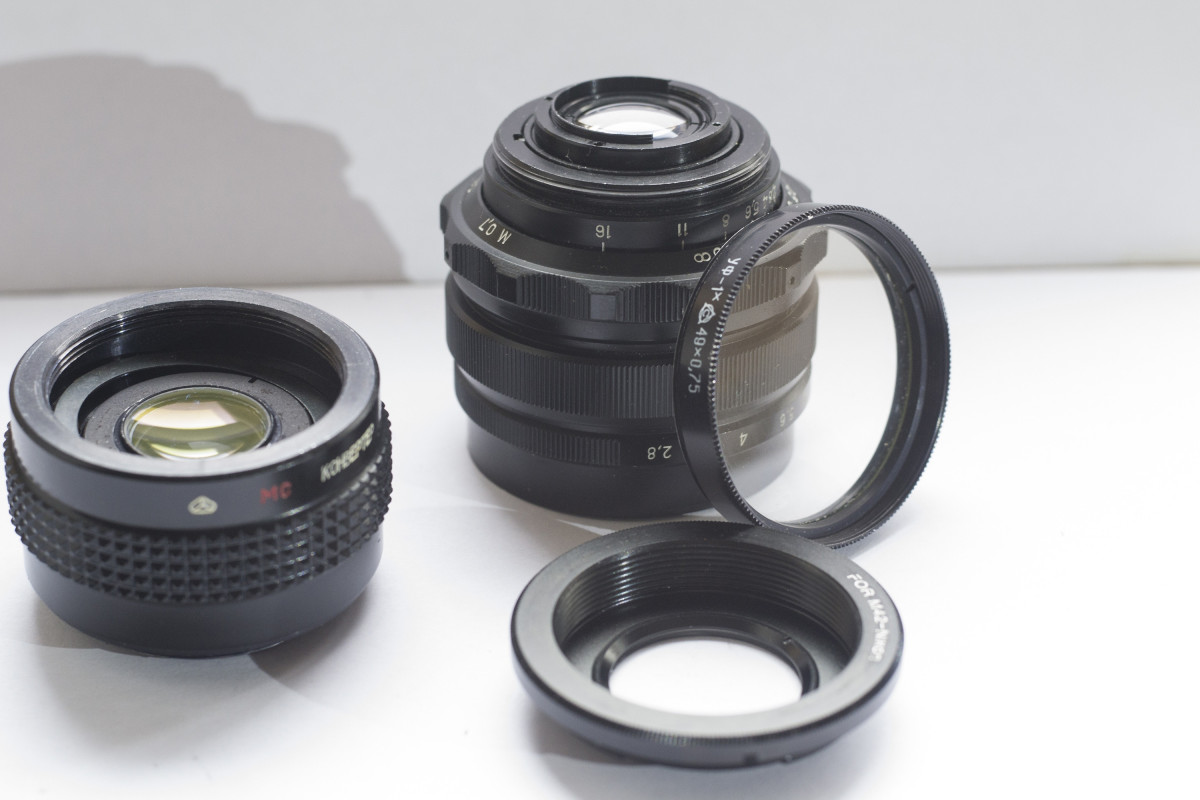
There are different types of filters:
– UV filters: they block UV rays that tend to colour images blue and protect the front lenses from possible shocks (better to buy a filter than a lens).
– Color filters: to emphasize a colour fringe, these filters are less attractive in digital photography because their effect is easily reproduced in post-processing. This was not the case in the days of film.
– Gray filters: handy for long exposures and to obtain, for example, the water effect.
– Polarizing filters: to avoid reflections on metal surfaces or water.
– Effect filters: some allow you to play with the shape of the light flashes. Each point source of light is transformed into a star with 4, 6 or 8 branches.
To know which filter to buy, you need to know the diameter of the lens: each lens has a different diameter, and you need to take the appropriate filter. This is a heavy investment when you have an optical park with different diameters.
The manufacturing quality of filters varies according to the brands and ranges. It is preferable to ask for advice from a dealer in a specialized store.
3 types of camera feet
There are 3 main types of camera stands:
– Tripods
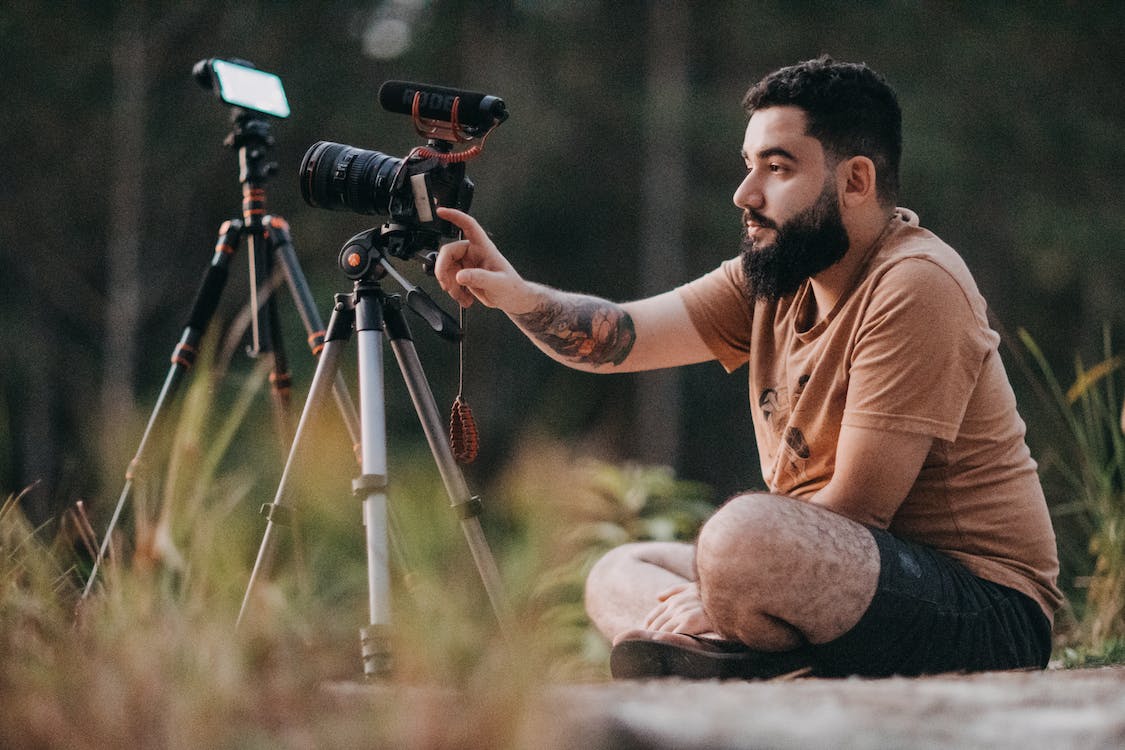
◦ These are three-legged stands on headrests (sometimes equipped with a rack to take ground-level photos).
◦ On this head is attached a ball joint, which accommodates the camera.
– Monopods:
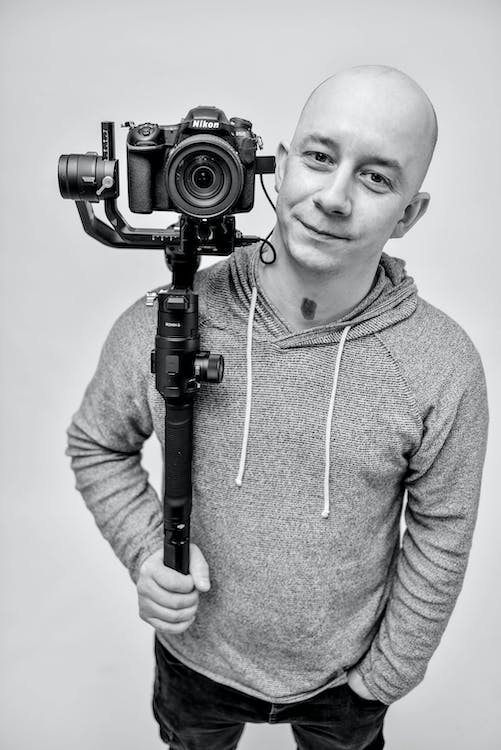
◦ They are mainly used as support for taking pictures.
◦ They are more manageable than tripods but do not allow for long exposures in that the photographer must always hold them.
– Alternatives:
Some flexible stands have been marketed for a few years. They can be fixed on all types of supports and remain relatively stable. However, they do not provide the same guarantees as high-end tripods and monopods.
Important: on a camera stand, the ball joint is as crucial as the stability of the equipment. It is the head that allows the camera to move on different axes. Some heads are designed to use the camera’s video function, while others will enable you to take the shots needed for a virtual tour.
Camera: how to choose your tripod
The best way to choose a camera stand is to try different models. It will help if you prefer local stores that can sometimes lend you the equipment for a trial period. For that, the Internet is to be banished.
However, in these stores, the choice is less comprehensive, and the prices higher than on the web.
– The material: carbon is lighter but more expensive than other metals, such as aluminum. Plastic legs should be avoided as the stability they provide is symbolic.
– Stability is an essential criterion, but it is linked to weight: the main thing is to find a compromise between a sufficiently stable stand and one that is not too heavy.
– Practicality: the racks allow the housing to be placed in any position. Moreover, it is essential to have a material that is easy to handle, with soft and safe screws and mechanisms that slide nicely.
– The quick-release plate: it is preferable to have a quick-release plate screwed under the camera that can be quickly clipped onto the stand when shooting.
– The practice of photography: we do not take the same foot to go hiking or to make portraits in the studio.
– The size: to measure 1,90 m and to bend in two to take a photograph can become very tiring…

